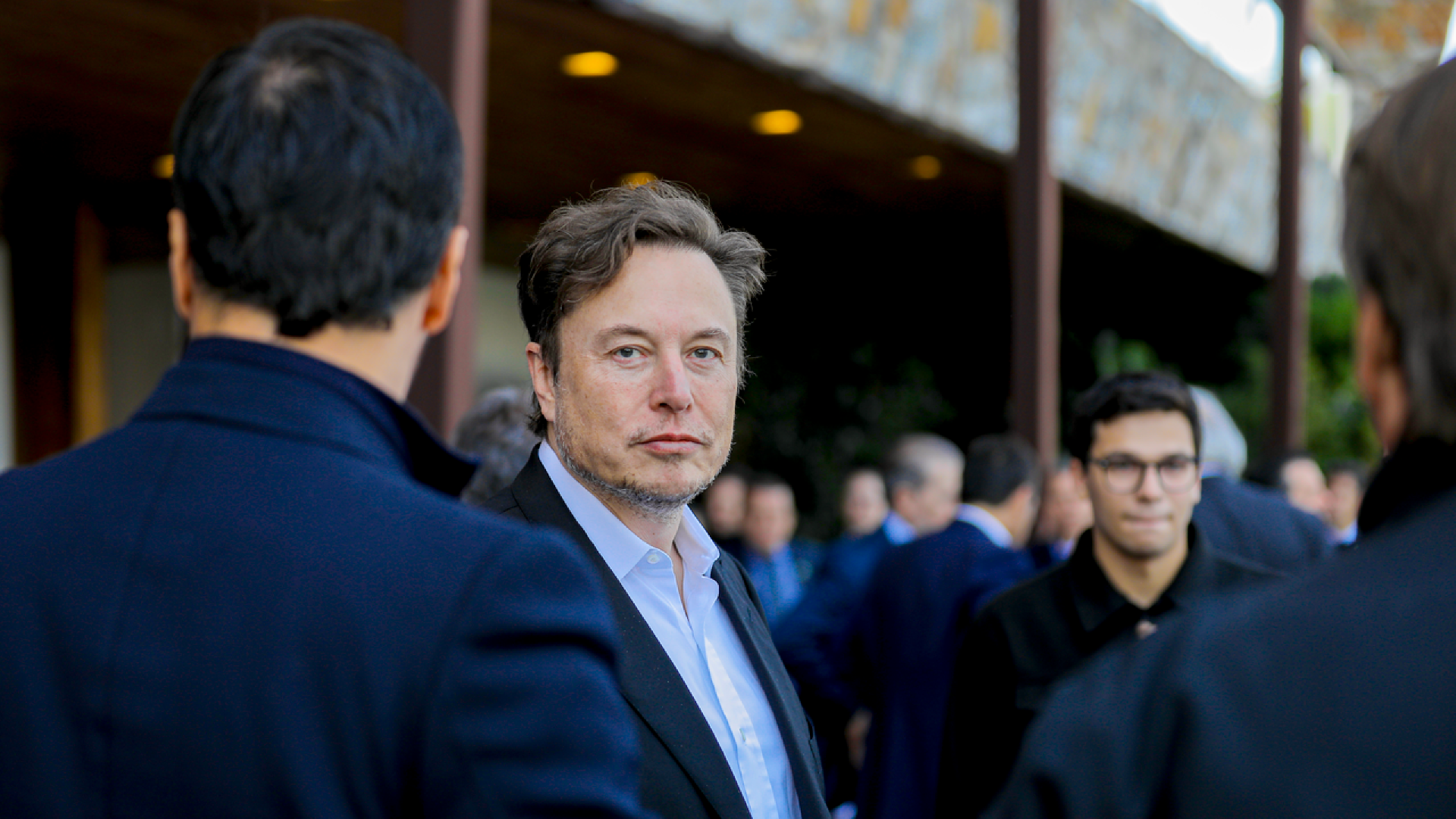Elon Musk is humiliating himself and all we can do is watch in horror

After months of trying to evade his joke offer purchase of Twitter, Elon Musk finally took control of the social media site over the weekend. Things aren’t going well.
Not only has Musk failed to produce any sort of larger vision for the company, he’s engaged in a number of behaviors that should put to rest the idea that he’s some sort of amazing genius doing things that normal people simply can’t understand. No, he’s just a guy who was born rich and managed to get richer in a system designed for that outcome.
On his first day as owner, Musk reportedly demanded that Twitter’s software engineers make printed copies of their programming code so that he and a team of engineers from Tesla could review it. Besides being a total Grandpa Simpson move, the idea that Tesla’s engineers are qualified to review Twitter’s code is absurd: Tesla’s driver assistance code is written in a programming language that Twitter’s codebase doesn’t use. Even worse, the concepts, challenges, and techniques of driver assistance software and social networking software are fundamentally different from each other as well.
During the very short time in which he has owned the site, Musk has also made it clear that he doesn’t understand why social media sites have developed elaborate content moderation systems. Massive sites like Twitter, Facebook, and Tiktok exist solely to make money and they’ve realized over time that trolling, bigotry, and spam are poison for advertisers, none of whom is interested in having their products or services displayed next to pornography or racial slurs. The vast majority of people who use mainstream social media sites also don’t want to see that stuff on the regular either.
But Musk – who has been drawn toward far-right politics as Democrats have begun rediscovering the economically progressive policies they had before “New Democrats” like Bill Clinton came along – doesn’t seem to understand this. Instead, he has completely bought into false claims from Republican politicians that right-wing views are “censored” on social media. Far from being censored, however, right-wing viewpoints are actually promoted more by social media algorithms. That’s true on Twitter, as well, as the company admitted following a comprehensive 2021 study.
But Musk, who has no research background of his own, had other ideas. “Twitter obv has a strong left wing bias,” he wrote on the site in May.
In terms of political bias, Musk has made it clear that he personally is biased in favor of Republicans. In June, he tweeted that he had voted for Mayra Flores, a Texas Republican who has promoted the QAnon conspiracy cult, and he said that he was leaning toward supporting Ron DeSantis if the Republican Florida governor were to run for president in 2024.
Musk further proved his Republican bona fides on Sunday when he promoted a false claim about the home invasion attack on the husband of Speaker Nancy Pelosi (D-CA).
“There is a tiny possibility there might be more to this story than meets the eye,” Musk wrote in a tweet which he later deleted that cited a conspiracy website known for publishing fake stories, including the absurd claim that former Democratic presidential candidate Hillary Clinton had been replaced by a body double.
Given Musk’s recent record of promoting and defending far-right propaganda and his claims to be a “free speech absolutist,” far-right activists flooded into the platform after his purchase became imminent, dramatically increasing Twitter’s volume of words favored by racists and conspiracy theorists.
According to analysis done by TYT, Twitter posts containing a racial slur for Black people increased by 361% on Sunday compared to last Wednesday, the day before news of Musk’s acquisition broke.
Despite claiming he’d allow unfettered legal speech, however, the Musk-owned Twitter soon began cracking down on the abusive spam posters. Yoel Roth—the company’s head of safety and integrity and one of the few top executives Musk hasn’t yet fired—announced that the torrent of racial slurs was the work of about 300 different accounts, which he said had been banned. Both Musk and Roth have said that Twitter has not changed any of its rules against “Hateful Conduct.”
Twitter also seems to have stepped up enforcement against other terms associated with extremist political spam. Posts mentioning ivermectin, an anti-parasite drug that became popular in anti-vaccine circles, increased 271% on Friday before declining on Saturday and Sunday. Similar crackdowns were evident from usage trends for other racial and ethnic slurs, according to TYT's above-mentioned analysis. Trump supporters also raged at Musk on Monday after Mark Finchem, a far-right conspiracy theorist running to be Arizona’s top election official, announced that his Twitter account had been suspended.
These semi-crackdowns have enraged the far-right trolls who looked upon the Musk takeover as a great victory.
“There are some still holding out hope that Elon Musk will implement freedom of speech on Twitter,” one neo-Nazi blogger wrote. “To me, his first few days have shown that he is going to back down completely.”
Musk’s incoherent approach was further revealed on Tuesday when he unveiled his plans to overhaul Twitter's “verification” service, which primarily helps the site’s readers locate legitimate accounts of public figures amid a sea of sometimes fake accounts by marking them with a blue checkmark.
Currently, Twitter does not charge for verification, but it only makes the feature available to accounts the company deems notable. Musk wants to change that, initially saying he’d charge $20 per month to allow anyone to receive verification but then backing down to $8.
“Twitter’s current lords & peasants system for who has or doesn’t have a blue checkmark is bullshit,” Musk tweeted on Tuesday, adding that moving to the new system was necessary to remove fake accounts from the site.
The announcement was met with derision by many verified Twitter users, including novelist Stephen King. “$20 a month to keep my blue check? Fuck that, they should pay me. If that gets instituted, I’m gone like Enron,” he tweeted on Monday in response to early press reports about the proposed changes.
But currently verified Twitter users aren’t the only ones rejecting Musk’s newly unveiled system. In a Twitter poll set up by Musk associate Jason Calacanis that received nearly 2 million votes as of this writing, an overwhelming 82% of registered Twitter users said they would not pay anything to receive a blue checkmark.
With the announcement, Musk revealed that he fundamentally doesn’t understand that the main value of Twitter to most of its users is the ability to discuss topics of interest with people and companies they find credible or entertaining. Verification isn’t a caste system, it’s a way of making things more trustworthy for the majority of people who are not verified.
Most people’s problem with Twitter isn’t that it has too many bots or fake accounts. The site’s current system already allows people to restrict their following and replying to real accounts if they choose to do so. The majority of people on Twitter aren’t verified and most are uninterested in posting under their real names; a significant percentage of the site’s users have even made their accounts private. Almost none of these people would want to pay for a blue icon.
Bot accounts on Twitter aren’t a problem for most people. But they are a problem for Elon Musk. For years, he’s had his tweets swarmed with replies from anonymous accounts promoting cryptocurrency scams. As someone who occasionally tangles with crypto zealots, I can see how dealing with them on a constant basis could be more than a bit irritating. But however convenient forcing Twitter users to pay up might be for Musk himself, it’s not a good business decision for Twitter.
Instagram, YouTube, and Tiktok pay their biggest content creators. Elon Musk wants to charge Twitter’s biggest content creators. None of this makes any sense. It’s starting to seem as though Elon Musk decided to buy Twitter because he’s gravitating toward the radical right and he’s tired of being deluged with crypto spam. Those are pretty flimsy reasons to blow $44 billion on a social media site with flat growth that rarely makes a profit.
The more you learn about Musk’s history in his other companies, however, the more you realize that half-baked and poorly conceived ideas are actually his specialty. He’s never delivered fully autonomous driving in Tesla vehicles, despite promising he’d have it done by the end of 2017. In 2016, Musk promised that his SpaceX company would land two different rockets on Mars by the end of this year, something that obviously is not going to happen in the next two months.
The much-hyped Tesla Semi, Cybertruck, and “Hyperloop” have also failed to materialize. Even more mundane products that Musk has announced, like solar roof tiles and electric vehicle battery swapping, have similarly failed to launch.
Unlike his splashy announcement videos, however, when Elon Musk fails to deliver on the wild and absurd promises he regularly makes, no one in the mainstream media is there to cover it. Things are different this time, however. Now, instead of a handful of technology writers being the only witnesses to his hype collapsing, nearly 290 million Twitter users are looking on in horror while the vast majority of people who will never join the platform are laughing from afar.
TYT National Correspondent Matthew Sheffield reports about politics, media, and technology. Follow him on Twitter: @mattsheffield.
